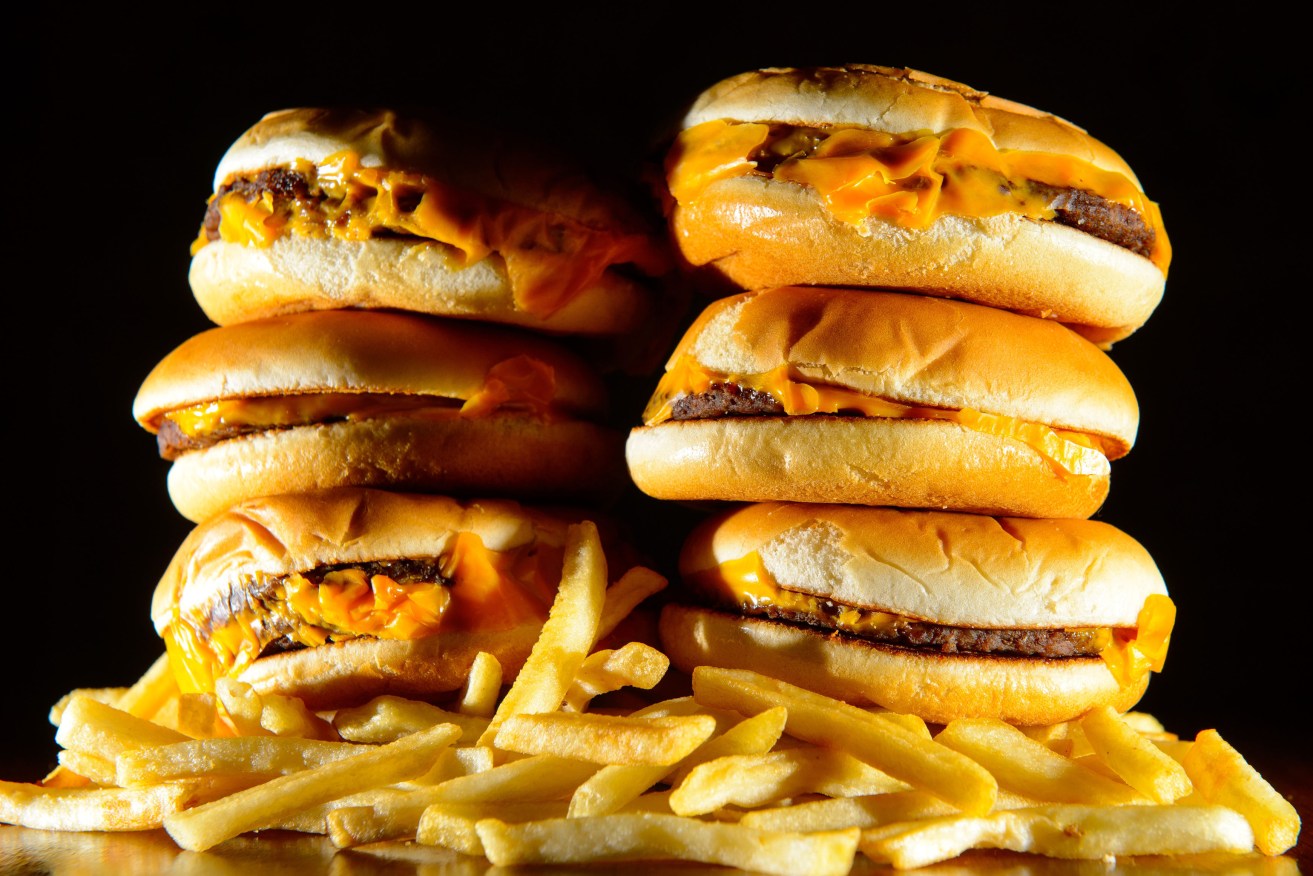The kids aren’t all right: SA children living on junk food
Almost half of what South Australian children eat is junk food, new research shows.

Photo: Dominic Lipinski/PA Wire
University of Adelaide and Newcastle researchers have found that 45 per cent of a 9 to 10-year-old’s energy intake comes from high-fat, salt and sugar foods.
The survey of more than 430 children isn’t about blaming parents but encouraging them to make small changes that add up, University of Adelaide lead author Dr Melissa Whitrow says.
“We need to look at what’s being advertised to children and how we can encourage them to try different foods,” she said today.
“Providing healthy alternatives in a lunchbox and more vegetables at the dinner table would be a good start.”
Whitrow also said children needed more variety in their diets.
“Red meat tended to be the dominant meat,” she said.
“It’s important for families to understand that processed meat is a discretionary food, not a core food, and is often high in salt and fat.”
Whitrow said socio-economic status made little difference to the problems discovered by the study.
THE KIDS’ DIETS AREN’T ALL RIGHT
BOYS consume about 161g of sugar each day while girls have 156g.
MORE than 90 per cent of children don’t eat enough vegetables.
VIRTUALLY all children surveyed fail to consume enough protein alternatives such as eggs, nuts, beans and chickpeas.
ABOUT 80 per cent consumed more than the recommended daily intake of salt.
FIBRE intake was inadequate in 41 per cent of boys and 24 per cent of girls.
DAIRY intake was inadequate in 80 per cent of girls
– with AAP
CORRECTION: An earlier version of this story said that 55 per cent of children’s energy intake came from junk food. The correct figure is 45 per cent. The error was made by the university.




